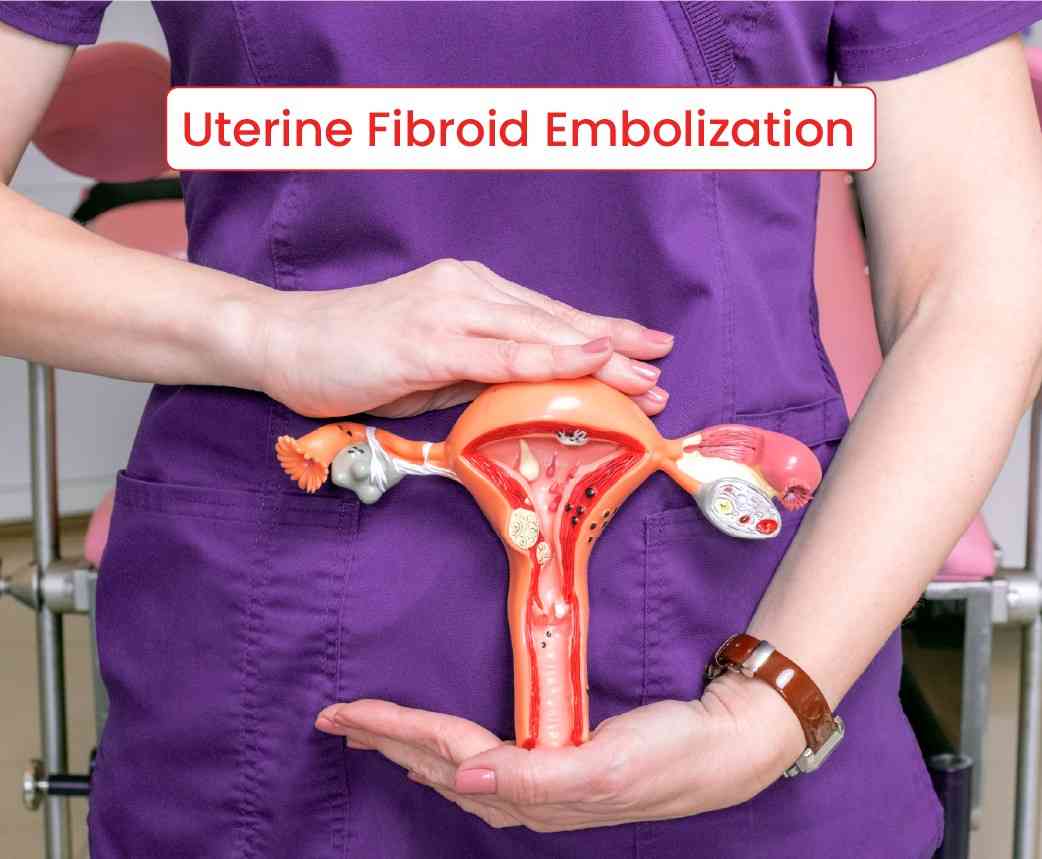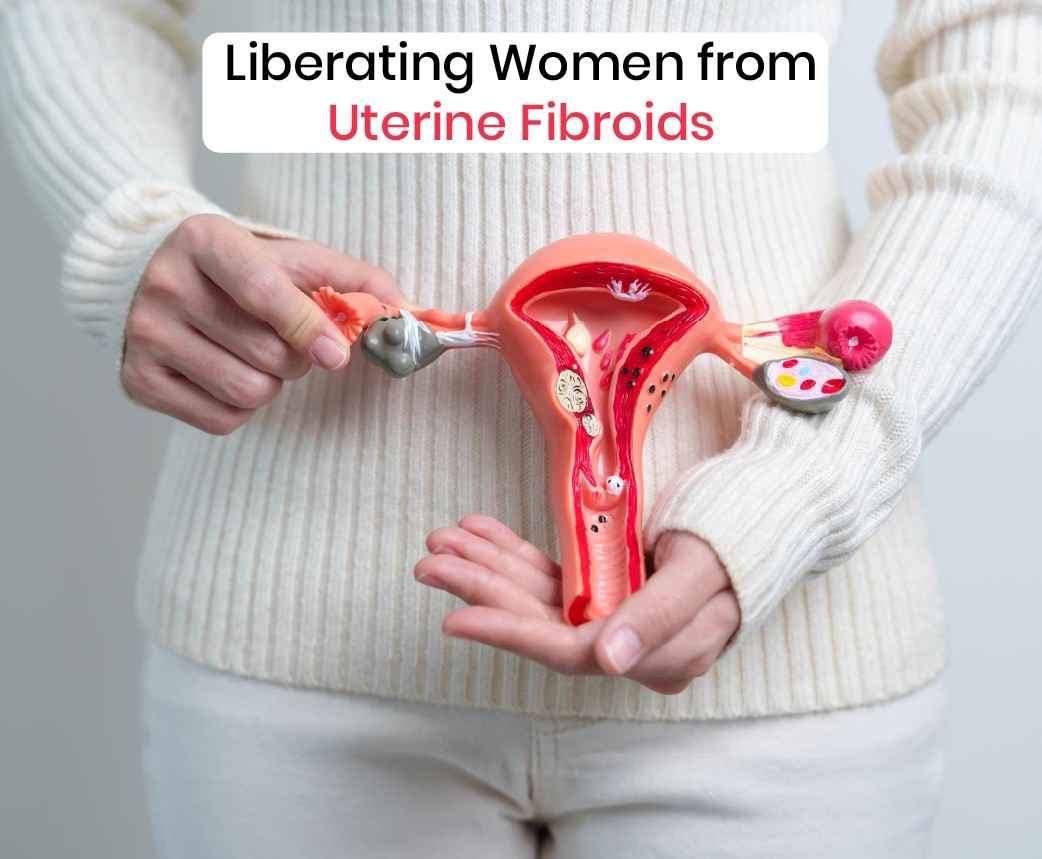Uterine fibroids, also known as leiomyomas, are benign tumors that grow in or on the uterus. Affecting as many as 70% to 80% of women by the age of 50, fibroids can cause a range of symptoms including heavy menstrual bleeding, pelvic pain, pressure, and infertility. Traditionally, surgical interventions like hysterectomy and myomectomy have been the primary treatment options, but in recent years, Uterine Fibroid Embolization (UFE) has emerged as a less invasive alternative. UFE has gained significant attention due to its promising outcomes, shorter recovery time, and preservation of the uterus.
What is Uterine Fibroid Embolization?
Uterine Fibroid Embolization is a minimally invasive procedure performed by an interventional radiologist. During the procedure, small particles are injected into the uterine arteries via a catheter. These particles block the blood flow to the fibroids, causing them to shrink and eventually die. Over time, this alleviates the symptoms caused by the fibroids, including heavy bleeding and pain. UFE offers a non-surgical approach, making it an appealing option for women who wish to avoid the risks associated with major surgery.
Latest Research on UFE and Patient Outcomes
Research in recent years has demonstrated UFE’s effectiveness, safety, and durability as a treatment for symptomatic fibroids. A growing body of evidence points to several key advantages that UFE offers over traditional surgical methods.
1. High Success Rates in Symptom Relief
Numerous studies have shown that UFE effectively relieves fibroid-related symptoms for the vast majority of patients. According to a study published in the journal Obstetrics & Gynecology, approximately 85-90% of women who undergo UFE experience significant relief from symptoms like heavy menstrual bleeding, pelvic pain, and pressure. In addition, follow-up studies indicate that these improvements are long-lasting, with most patients reporting continued symptom relief for up to five years post-procedure.
2. Impact on Fertility and Pregnancy Outcomes
While hysterectomy eliminates fertility, UFE preserves the uterus, and recent research has explored its implications for future fertility. Early concerns that UFE could negatively affect fertility have been challenged by more recent studies, which show that while it may not be the first choice for women actively trying to conceive, many women can still achieve pregnancy post-UFE. A study published in Fertility and Sterility found that the pregnancy rate after UFE was 40-50%, with most pregnancies resulting in healthy births. However, myomectomy may still be preferred for women primarily seeking fertility preservation.
3. Lower Complication Rates Compared to Surgery
One of the primary advantages of UFE is its lower risk of complications compared to more invasive surgical options. A comparative study published in The New England Journal of Medicine revealed that UFE has a complication rate of less than 5%, which is significantly lower than the rates seen with hysterectomy or myomectomy. Post-operative recovery is faster, with most patients returning to normal activities within 1-2 weeks, compared to the 6-8 weeks required after a hysterectomy. The minimally invasive nature of UFE also reduces the risk of infections, bleeding, and other surgical complications.
4. Preservation of the Uterus and Improved Quality of Life
For many women, preserving the uterus is a critical factor when choosing a treatment option. UFE provides this benefit while still effectively managing fibroid symptoms. A study conducted by the Society of Interventional Radiology demonstrated that women who undergo UFE report high levels of satisfaction, with 90% of patients indicating that they would recommend the procedure to others. Moreover, quality of life scores significantly improve after UFE, as patients experience relief from the debilitating symptoms of fibroids without sacrificing their reproductive organs.
Emerging Trends and Innovations in UFE
Recent innovations in UFE are further enhancing its effectiveness and patient outcomes. Advanced imaging techniques, such as magnetic resonance imaging (MRI)-guided UFE, allow for more precise targeting of fibroids, improving the procedure’s success rate. Additionally, smaller particle sizes are being investigated to achieve more complete embolization while minimizing side effects like post-procedural pain.
Uterine Fibroid Embolization represents a groundbreaking treatment for uterine fibroids, offering women an effective, safe, and less invasive alternative to surgery. With high success rates in symptom relief, lower complication risks, and shorter recovery times, UFE is transforming how fibroids are managed. While it may not be the best option for all women, particularly those seeking to optimize fertility, UFE has proven to be a valuable treatment for many women dealing with the life-altering effects of fibroids. Ongoing research and advancements in this field continue to refine and improve patient outcomes, making UFE an increasingly popular choice for women worldwide.



